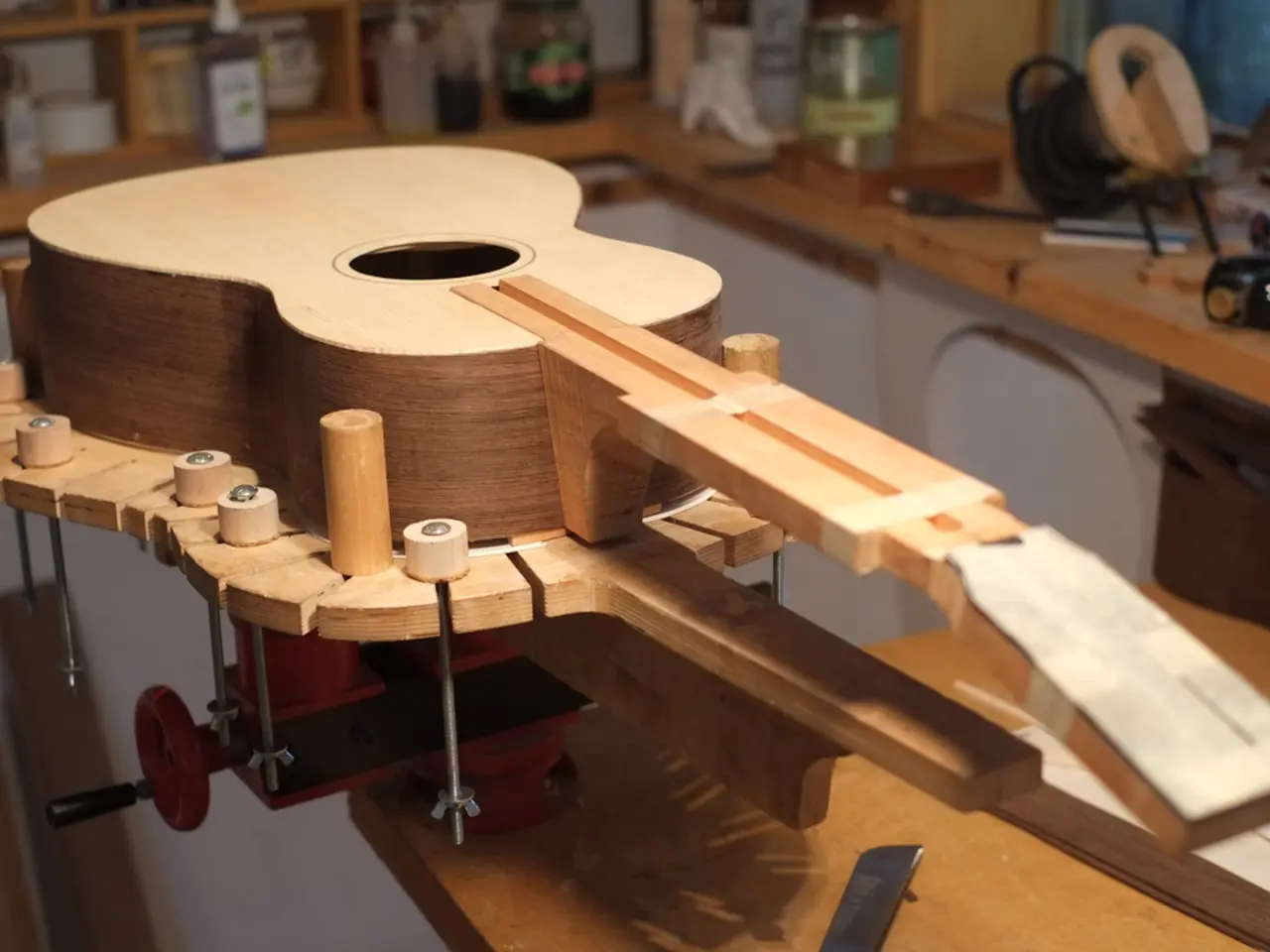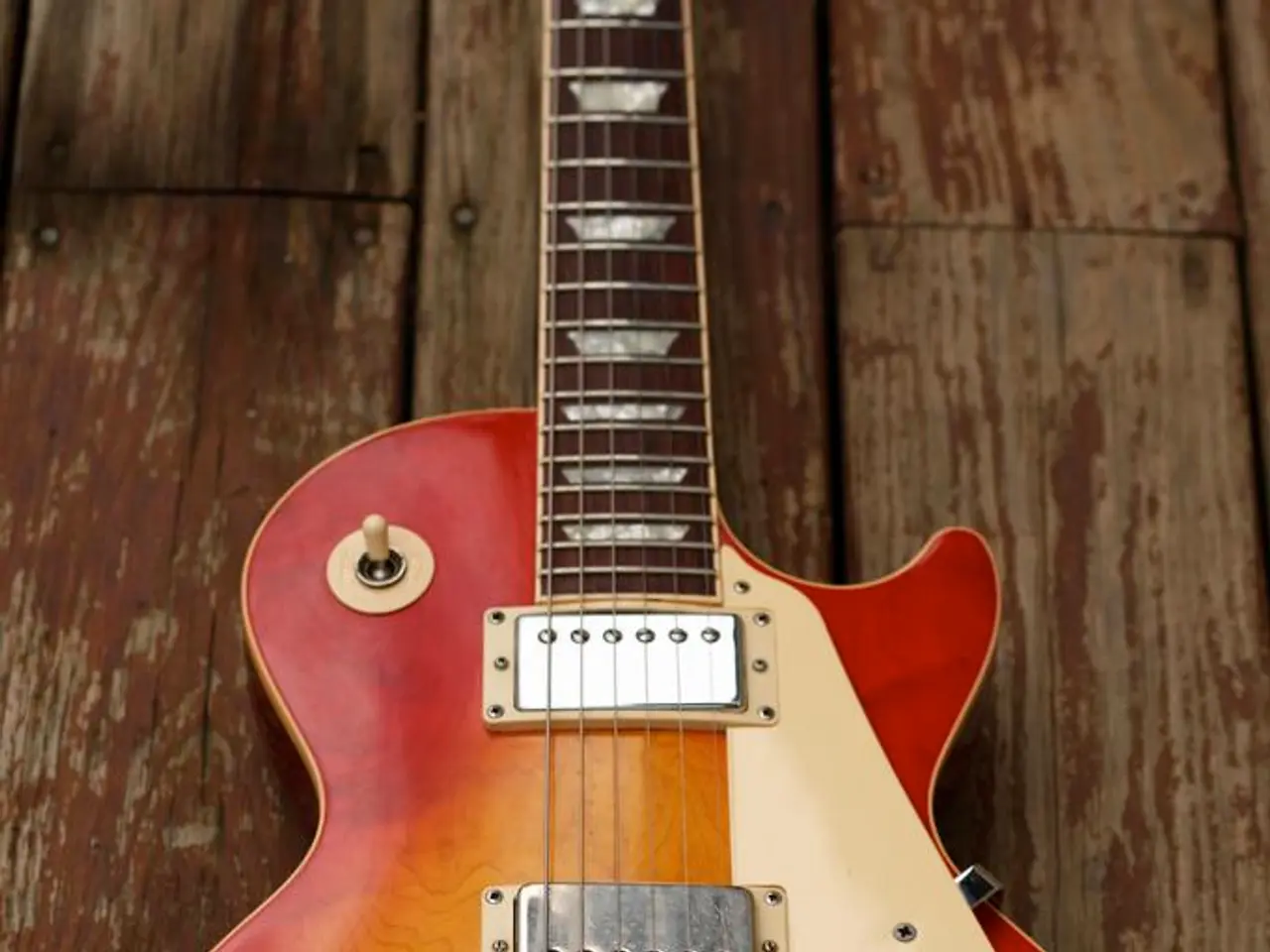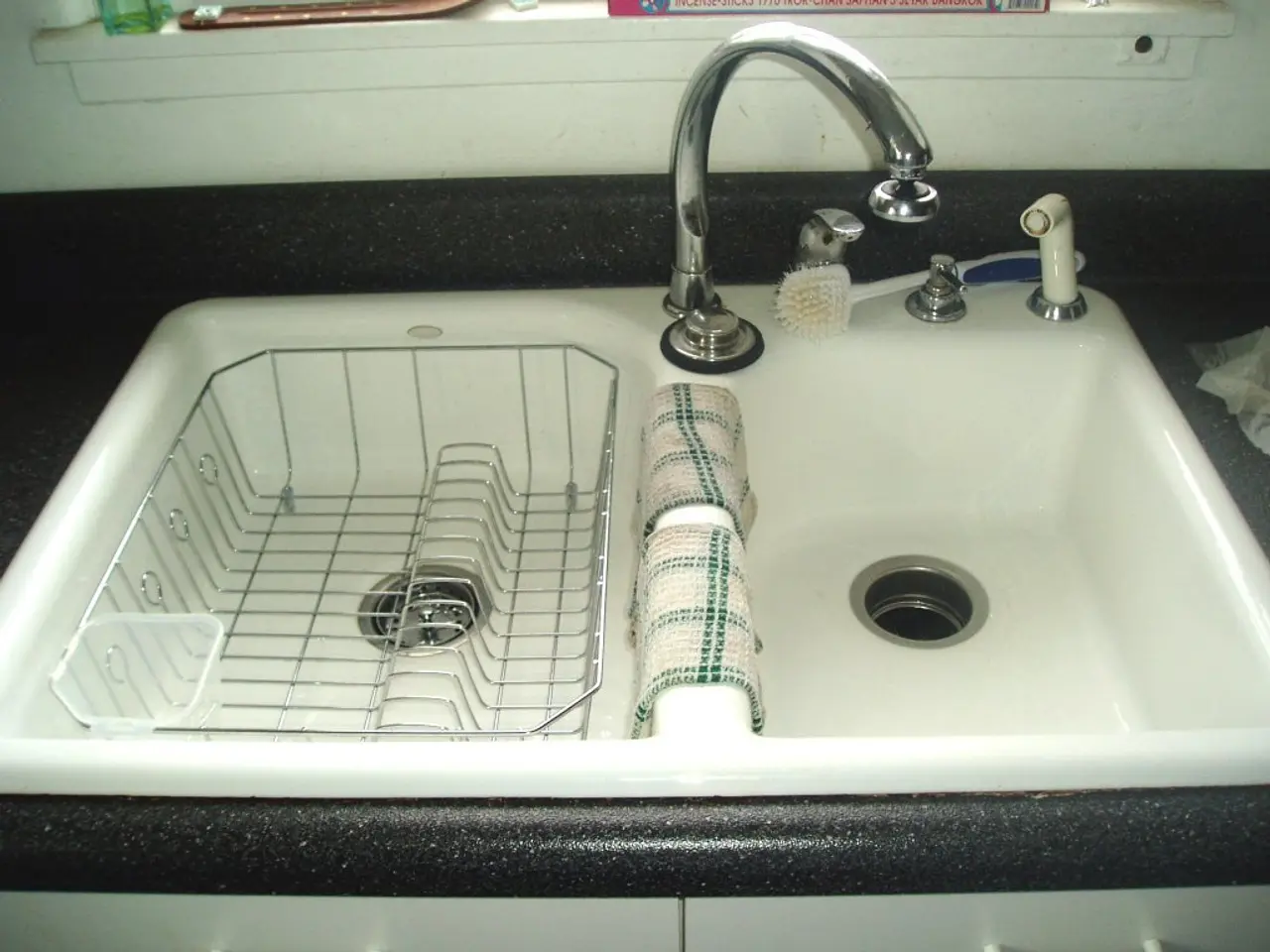Necessary Home Recording Gear for Newcomers
Setting Up Your Home Recording Studio: A Comprehensive Guide
Starting a home recording studio can be an exciting journey, and with the right equipment and a well-prepared space, you can create high-quality music right in your own home. Here's a breakdown of the essentials you'll need to get started.
The Core Equipment
- Computer: A recent computer with a 2.2 GHz multi-core processor, at least 4GB of RAM, and sufficient storage (256GB system, 1TB for projects) is crucial for smooth operation of your Digital Audio Workstation (DAW).
- Audio Interface: This device connects microphones and instruments to your computer for digital recording. Beginner-friendly options include Focusrite and PreSonus interfaces.
- Microphone: A good large-diaphragm condenser mic, such as the Audio-Technica AT2020, covers vocals and acoustic instruments well. For louder sources, the Shure SM57 is a reliable choice.
- Digital Audio Workstation (DAW): Software like Ableton Live, Logic Pro, GarageBand, or Reaper is needed for recording, editing, and mixing.
- Studio Monitors or Headphones: Studio monitors (like KRK or Yamaha) provide accurate sound, but a solid pair of closed-back headphones (e.g., Audio-Technica M50x) can suffice initially. Avoid regular earbuds for mixing.
- Accessories: Pop filters, microphone stands, and good-quality XLR cables improve recording quality and workflow.
- Optional MIDI Controller or Beat Machine: These are useful for music producers to create beats and control virtual instruments.
Setup Considerations
- Acoustic Treatment: Proper room treatment to reduce unwanted reflections and improve sound quality is important. Acoustic treatment (such as foam panels, bass traps, or thick curtains) can help minimize echo and improve recording quality.
- Speaker Size vs Room Size: Choose monitor size appropriate to your room; large monitors in small rooms distort bass perception, whereas small monitors in large rooms may cause reflection issues.
- Start Simple and Expand: Gradually add gear as needs grow. Focus first on mastering basics like microphone technique and DAW navigation.
- Latency-Free Monitoring: Some microphones and interfaces offer real-time monitoring to avoid latency issues during recording, enhancing the recording process.
Getting Started
Clearing a space for a home recording studio can involve significant effort. Renting a dumpster can help with the cleanup process when converting a space, such as an attic or a cluttered room.
Remember, it's essential to find a DAW that feels right and stick with it. Basic acoustic treatment is a necessary aspect of setting up a home recording studio. Mastering the basics of a DAW is important before adding more tools.
In summary, a well-functioning home studio setup starts with a computer, audio interface, microphone, DAW, and monitoring solution, combined with relevant accessories and a room suited for clear audio capture and monitoring. Acoustic treatment can make a noticeable difference in home recording studio quality. Happy recording!
Your home-and-garden project could include setting up a home recording studio, utilizing your home-and-garden space for an acoustic treatment for your studio. In addition, integrating technology in your home-and-lifestyle by incorporating a Digital Audio Workstation (DAW) and audio interface can significantly enhance your home recording studio setup.




